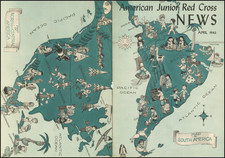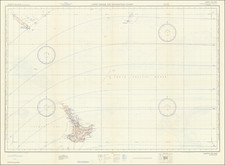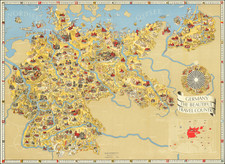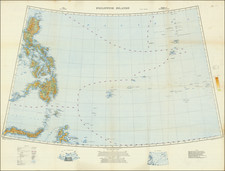Thunderbolt F-47D and F-47N, a detailed aircraft poster produced by the Ministry of Supply in September 1950, offers an intricate exposition of the evolution and specifications of the F-47 series, created by Republic Aviation Corporation. The Thunderbolt, beginning with its XF-47 prototype, transformed from a light interceptor to a long-range escort fighter in its various iterations. Its depiction here traces its iterations from the F-47B's first flight in 1941 to the culmination of the F-47N, capturing the technological advancements of each version and underscoring the aircraft's prominence in mid-20th century aviation.
The historical period in which the Thunderbolt was designed and utilized was marked by significant advancements in aviation technology and strategy, largely prompted by the exigencies of World War II. This poster captures an era where aerial supremacy was paramount, and aircraft design reflected the changing demands of warfare, from interception to long-range bomber escort. The Thunderbolt’s initial design, the XF-47, was classed as a light interceptor, underpinned by a V 1710 liquid-cooled Allison aero-engine, and sported a modest two-gun armament. By the time of the F-47N, however, the aircraft boasted wings of increased span and area, accommodating the need for extended range in bomber escort roles.
A particularly significant evolution of the Thunderbolt series is the F-47D. Notable for its bubble-type hood which allowed improved rear vision, this variant was the most extensively utilized model. Its service was not limited to the United States; the F-47D saw combat with the Royal Air Force in the terrains of Burma and India as the Thunderbolt 2. Additionally, it was integrated into the air forces of a diverse range of countries, from France and Brazil to China and Russia, underscoring its global impact.
The poster itself, prepared by the Ministry of Supply, serves as a testament to the close collaboration and information sharing that occurred between government departments and the aviation industry during this period. It is not merely a record of an aircraft's technical details but stands as an artifact capturing a crucial chapter in the annals of aviation history, where design, technology, and strategy coalesced in response to the challenges of global warfare.










![[ European Cooperation ] Organisation Europeenne de Cooperation Economique](https://storage.googleapis.com/raremaps/img/small/78837.jpg)



